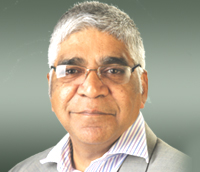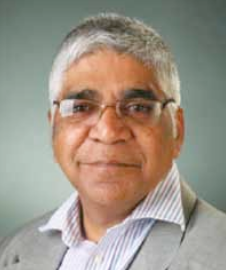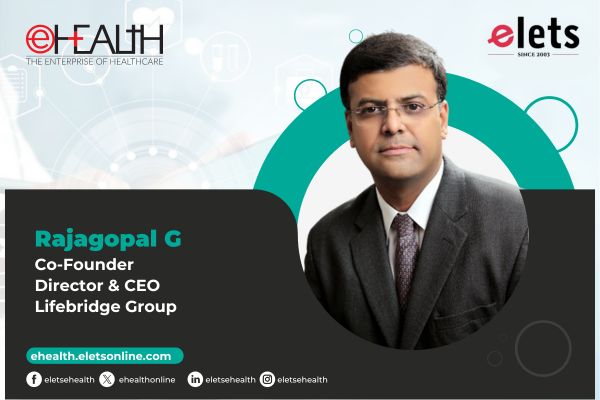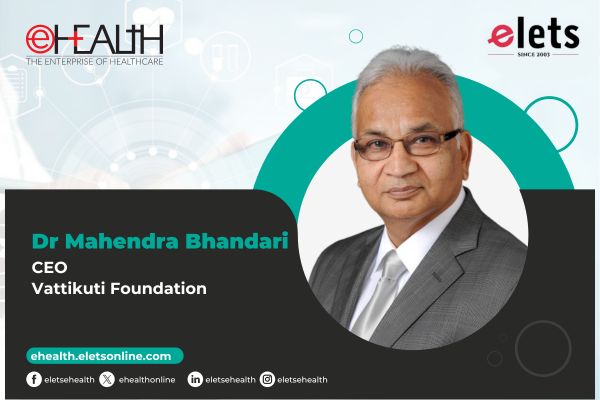

Due to lack of awareness among the masses and absence of a business model,telemedicine is under realised in India, says Apollo Telemedicine Networking Foundation President Dr K Ganapathy in conversation with Nikita Apraj

What kind of potential do new advances in communication technologies have for rural India?

In the years to come the definition of rural will itself undergo a change. Technology will be the game changer helping to gradually reduce the urban rural divide. Cable TV, mobile phones, a chip-embedded Aadhaar smart card and m-Money is slowly but surely making inroads into towns and even villages. e-Governance is slowly leading to m-Governance. Internet-enabled Village Resource Centres and Village Knowledge Centres are today still in the proof of concept stages.

Bharath Broadband has publicly announced that by December 2014 at least 100,000 villages will have fibre optic cable. Rs 20,000 crore have been set apart from the Universal Service Fund for this. Rural India need not follow urban India. It need not piggyback. It will actually leap frog.

I am looking forward to spending my retired life in the pristine villages of India with 2020 technology at my fingertips. There will be a reverse migration from the very expensive over- crowded metros once creature comforts are available in rural India.
Why is the potential of telemedicine underutilised?
We cant go far with conventional brick-and-mortar hospitals. 80 percent of Indias population has no direct, physical access to specialist healthcare. Estimates suggest that the telemedicine market is at least for 800 million Indians.
Even if half of these 800 million need to consult a specialist once a year, that still amounts to 400 million specialist consultations per year. Even if 10 percent of these are enabled through telemedicine we are talking about 40 million consultations per year from rural India alone. The market potential for telemedicine is obviously enormous.
The potential of telemedicine in India is still under-realised because of lack of awareness among the masses and lack of a business model that caters to all the stakeholders. Telemedicine will never reach the critical mass for take-off until doctors are excited about it and unless people clamour for it as a cost-effective method. We need public-private-partnerships to drive telemedicine in India.
Please provide us with an overview of the challenges in telemedicine. What are the solutions to these challenges?
There are several challenges. The problem is to say the least enormous. Providing better healthcare to 700 mil- lion Indians living in rural India requires radical exponential transformations not routine incremental changes. Technology-based 21st century solutions are required. WiFI and WIMax is not the answer. WiiiFM (What is in it For Me) is the only answer. Any solution must be cost- effective, need-based, using appropriate technology. The solutions need to be self-sustaining which pre-supposes revenue generation.
Worldwide it has been shown that political will at the grassroot level is the key factor. The individual MLA and MP must feel that providing better healthcare in his constituency will alone get him re- elected! Health insurance to all is vital. Tele-consultations must be reimbursed. All interns should have a compulsory virtual village posting so that they understand the realities of life. Knowledge empowerment using cable TV etc will go a long way to create awareness on health issues.
Ultimately there needs to be a mass revolution from the bottom of the pyramid demanding healthcare as a birth right. Thrusting better healthcare from the top will not be enough. Finally one size does not fit all. Multiple ever- changing solutions will be required.
Be a part of Elets Collaborative Initiatives. Join Us for Upcoming Events and explore business opportunities. Like us on Facebook , connect with us on LinkedIn and follow us on Twitter , Instagram.
"Exciting news! Elets technomedia is now on WhatsApp Channels Subscribe today by clicking the link and stay updated with the latest insights!" Click here!
















